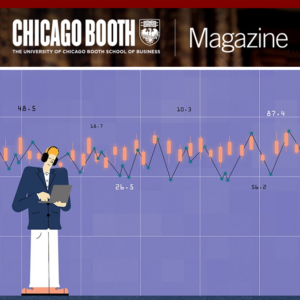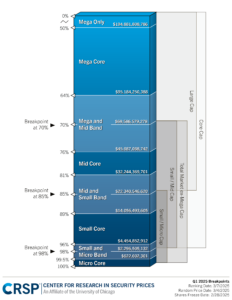
Building a Better Market Index
How Academic Research Shaped an Industry Standard
CRSP’s Market Indexes were built on a foundation of rigorous research—now, Chicago Booth Magazine is telling that story.
Discover how Booth faculty’s groundbreaking work led to the creation of CRSP’s investable indexes, culminating in the 2010 launch of the CRSP US Total Market Index.


